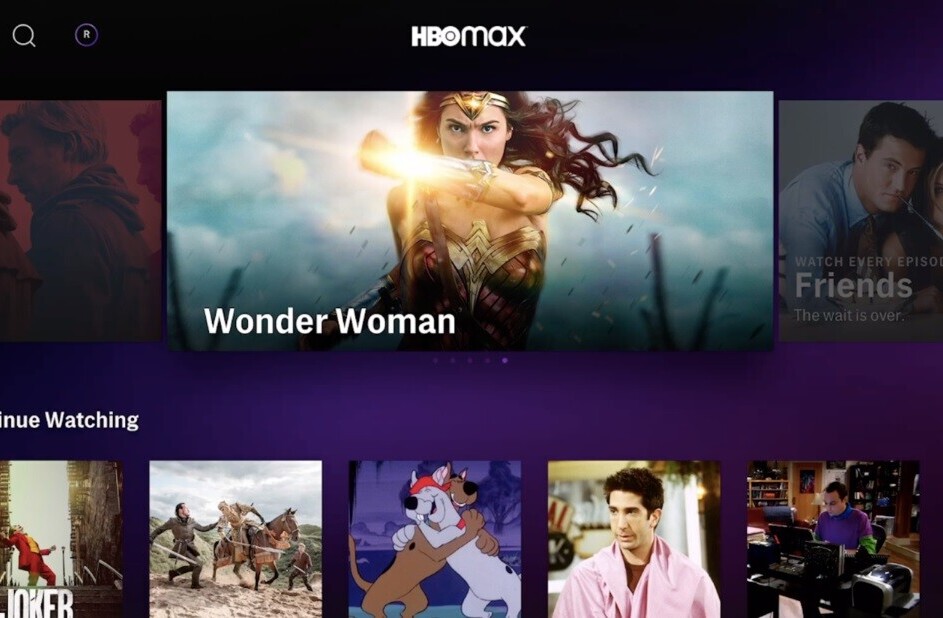
Do you remember ‘Charlie bit my finger’? Charlie’s family certainly does: they made £120,000 in YouTube earnings. Yet, this remains an exception; unless they go incredibly viral, YouTube videos aren’t a reliable source of income.
However, it doesn’t mean you can’t monetize your digital content online. Yet you may want to look elsewhere than Google and turn to smaller companies. Several of them are experimenting business models that go well beyond the traditional CPM approach for online ad impressions, resulting in interesting returns for authors and publishers.
To get you started, here’s a list of lesser-known platforms that let you distribute your own media content – and make money from it:
Offer videos with Pivotshare
Launched in December, Pivotshare is a platform that lets publishers offer monthly subscriptions or pay-per-view access to their audio and video content. While it’s currently web-based, apps for iOS, Android and smart TV platforms are also in the plans.

Instead of charging monthly or sign-up fees, Pivotshare takes a commission. As for publishers, how much they receive depends on how popular their content is, relative to other videos on Pivotshare’s platform.
The startup insists that its model is much better adapted to monetizing “valuable content” than fully ad-supported options à la YouTube, where the impression threshold to start earning money is quite high. However, Pivotshare runs advertising, and users can designate free content that viewers can watch before they sign up.
Another interesting point is that you don’t need to be the producer of every single video you offer to your subscribers. You can start a channel and invite other people to contribute, which could make Pivotshare a nice tool to monetize video curation.
Publish tablet-optimized content with Onswipe
![]() TechStars’ alumnus Onswipe wants to shape the future of publishing. The free platform, which is now self-serve, has ambitions to make blogs and websites easy and beautiful to browse on a tablet.
TechStars’ alumnus Onswipe wants to shape the future of publishing. The free platform, which is now self-serve, has ambitions to make blogs and websites easy and beautiful to browse on a tablet.
For publishers, this isn’t only about improving their readers’ experience without creating an app; they can also earn extra revenue, as Onswipe’s terms of service detail that the startup will pay publishers a share of its net advertising revenue.

What makes a difference here is the way Onswipe approaches advertising. Rather than AdWords, banner ads and other standard formats, it delivers full-page custom ads. This helps brands increase their campaigns’ value, and ultimately, publishers’ revenues.
➤ Onswipe
Create an app with Apps Builder
As we previously reported, the Italian DIY app platform Apps Builder has introduced a new pricing and design this week. Thanks to these changes, creating an app is even easier than before.
It doesn’t take any technical knowledge to use the platform, which means anyone can create a mobile app to monetize their content, either by selling it or by inserting ads. While the free version is limited to HTML5 apps, the other options are still pretty affordable, starting from $19 per month.

Other platforms, such as Cashew and Bizness Apps, offer similar services, though Apps Builder may be more appealing to beginners. Its WordPress plugin, for instance, makes it very easy to convert a blog into a native app.
Distribute your books with 24symbols
We once described the Spanish startup 24symbols as “a Spotify for books.” In practical terms, the platform lets you “read ebooks on the Internet, with your friends and based on a subscription model.”

While 24symbols’ freemium model means that users can read ad-supported books online for free, its iPad app should serve as an incentive for its premium offer, which includes offline, ad-free reading.
If you are an author rather than a simple reader, you can offer e-books on 24symbols on a non-exclusive basis, with the option to limit the availability to premium users only. If you’re a publisher, you may also be interested in knowing that 24symbols has recently white-labeled its offer, which means that anyone can know launch their own e-book library.
Offer your music with Bandcamp
![]()
Bandcamp lets you sell your music and merchandising directly to your fans (see our post on ‘Making money selling music online‘). The platform itself is free, but takes a 15% revenue share on sales.
 Interestingly, you have your say on pricing. Rather than charging a fixed price, you can offer your music for free, or let your fans name their price. While musicians and bands are Bandcamp’s core target, the startup says that additional features for labels are also in the works.
Interestingly, you have your say on pricing. Rather than charging a fixed price, you can offer your music for free, or let your fans name their price. While musicians and bands are Bandcamp’s core target, the startup says that additional features for labels are also in the works.
Here are a few data points the startup made public in a recent blog post:
- “In the month of December alone, Bandcamp artists raked in more than one million dollars in music and merch sales (bringing the total to-date to $12.6MM).
- 22% of those sales happened because of Bandcamp, driven by things like tags, the home page, recommendations, and search.
- 40% of the time, fans pay more than the asking price for name-your-price albums.”
➤ Bandcamp
Sell photojournalism pictures with Citizenside

With the growing penetration of camera-equipped phones, we can be more than passive witnesses, and become amateur reporters. But how can we distribute our pictures and videos? One of the answers is Citizenside, which describes itself as a ‘global news community.’
One of the key activities of this French startup is to contact media buyers on your behalf. Not only will your pictures get exposure, but they may also be monetized. If the sale takes place, you will receive a 65% share.
For newsrooms, the appeal of Citizenside resides in the credibility it adds to the pictures, which it carefully sources and checks – which explains why the French news agency AFP became one of its shareholders.
As for aspiring citizen journalists, no need to live in a war zone to participate; the English version of Citizenside’s website features galleries on US Republican candidates and on the Chinese New Year celebrations in Madrid.
If you don’t want to put all your eggs in the same basket, you may also want to check Demotix, which we have previously covered. Fairly similar to Citizenside, it has recently signed a distribution agreement with the stock agency Corbis.
Monetize all content types with Cleeng
Last but not least, Cleeng lets you monetize all types of digital content, including video, text and pictures. The best thing about the platform is the flexibility it brings to your business model.
As TNW’s Brad McCarty noted, you don’t have to set a paywall to charge for a specific video; with Cleeng, you can charge a low amount of money for any type of content you offer, and readers can pay in one click without leaving your website. In other words: “genius-level monetization without headaches.”

- Cleeng Plug & Go, aimed at bloggers, artists, app developers and self-publishers. According to the company, it only takes 5 minutes to set it up, with the help of free WordPress, Drupal and Brightcove plugins if needed.
- Cleeng Enterprise, a paid solution aimed at major publishers which includes set-up assistance and advanced features.
➤ Cleeng
Get the TNW newsletter
Get the most important tech news in your inbox each week.





